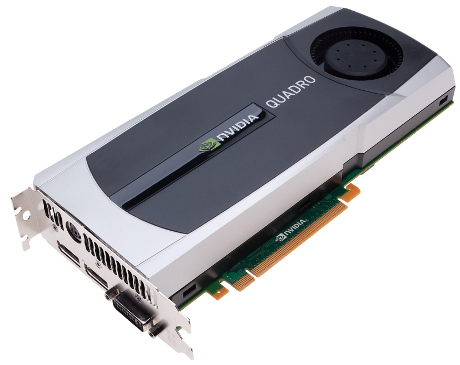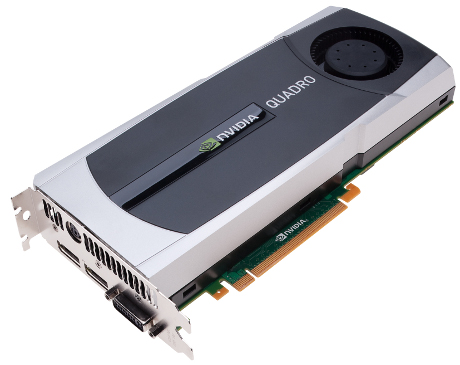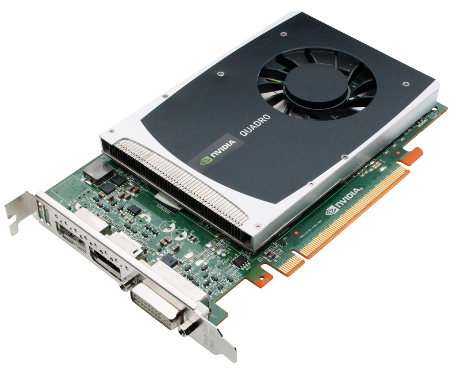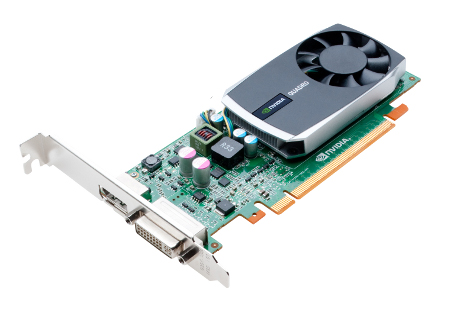Nvidia’s Quadro range of professional GPU’s have always been the toast of graphics professionals, designers and digital content creators who are a different breed of customers when compared to your average gamer. When the graphics card industry sort of began in 1999, it was clearly focused on the large gaming sector – which even today continues to dominate the sales charts when it comes to graphics cards. Around 2003, Nvidia created a paradigm shift in its business when it decided to come up with a specialized line of graphics cards that were targeted at the enterprise level customers and people who needed all the graphical prowess – but for a different purpose than gaming. Thus, was born the Quadro.
The Quadro line of products went on to become the chosen ones for professionals needing high quality graphics solutions on their workstations. With over 90% share in the enterprise segment, Nvidia’s dominance in this segment couldn’t be any clearer.
With cards based on the new Fermi architecture slowly starting to show up, Nvidia thought it was a good opportunity to refresh its lineup of enterprise level video cards as well. This is why it has announced the release of an entire new range of cards for this segment. The cards were also launched in India, and we were at the launch venue which was also turned in to a podium where the amazing capabilities of these cards were displayed.
The new range includes the Quadro 4000 (Rs 79,134), Quadro 2000 (Rs 39,534) and the entry level Quadro 600 (Rs 13,134) which are already on sale in India. The high end segment consists of the Quadro 6000 (Rs 3,29,934) and the Quadro 5000 (Rs 1,64,934). both of which are expected to be on sale by the end of this year. Nvidia has also confirmed that we would be seeing the launch of mobile workstations powered by the Quadro 5000 M card by the third quarter of this fiscal year.
The Quadro 4000 would also be available for Macs.

The Quadro 6000
 The Quadro 5000
The Quadro 5000
 The Quadro 4000
The Quadro 4000
 The Quadro 2000
The Quadro 2000
 The Quadro 600
The Quadro 600
As consumer tech enthusiasts, we were not really interested in the usually “unexciting” enterprise sector. But we sure were excited to learn about the technology that goes behind the making of these cards which have started to power the supercomputers of the world. At the event hosted by Nvidia, we were able to assess in real time, the differences in performances that these new cards are capable of when compared to existing CPU based solutions.
These new cards make full use of Nvidia’s AXE (Application Acceleration Engine) and CUDA parallel processing architecture. Intensive tasks that earlier took an hour and even days to render can now be done in a matter of minutes. This includes complex tasks like raytracing, physics simulation, computational fluid dynamics and real time video effects processing.
By the end of the two hour section, most of us who attend the session came out a lot more informed and were in awe of the kind of things that go behind the making of these cards!





Nice to see this model in your blog…. how much price?
it’s available in market ?